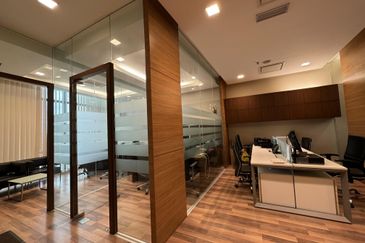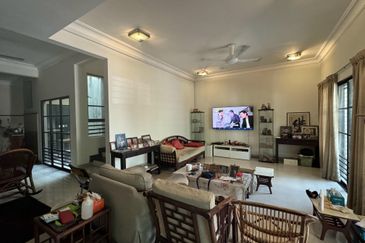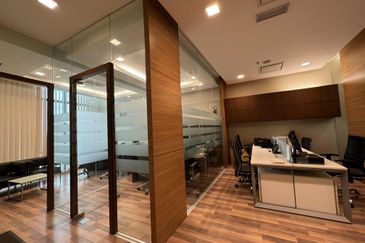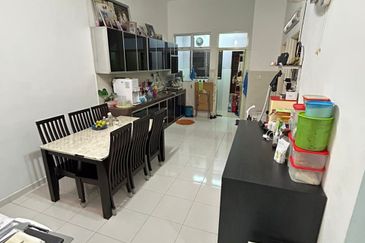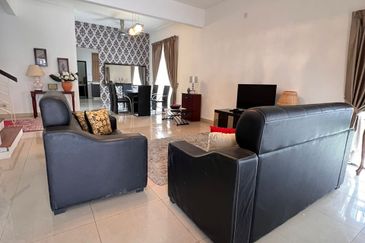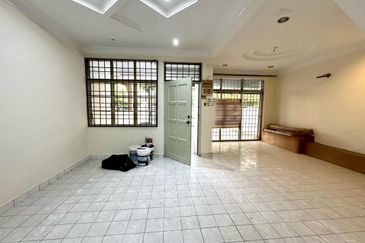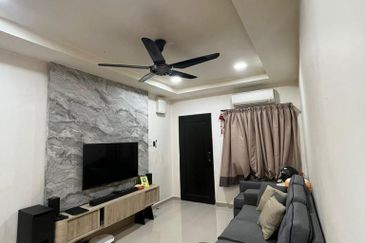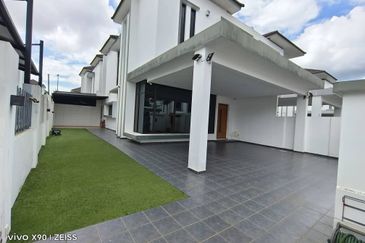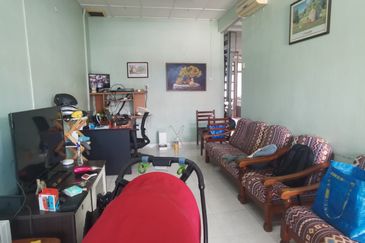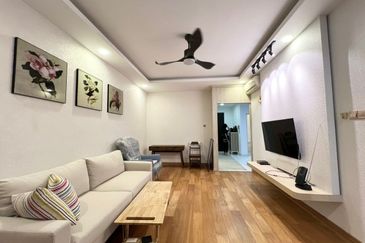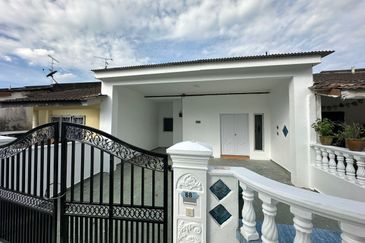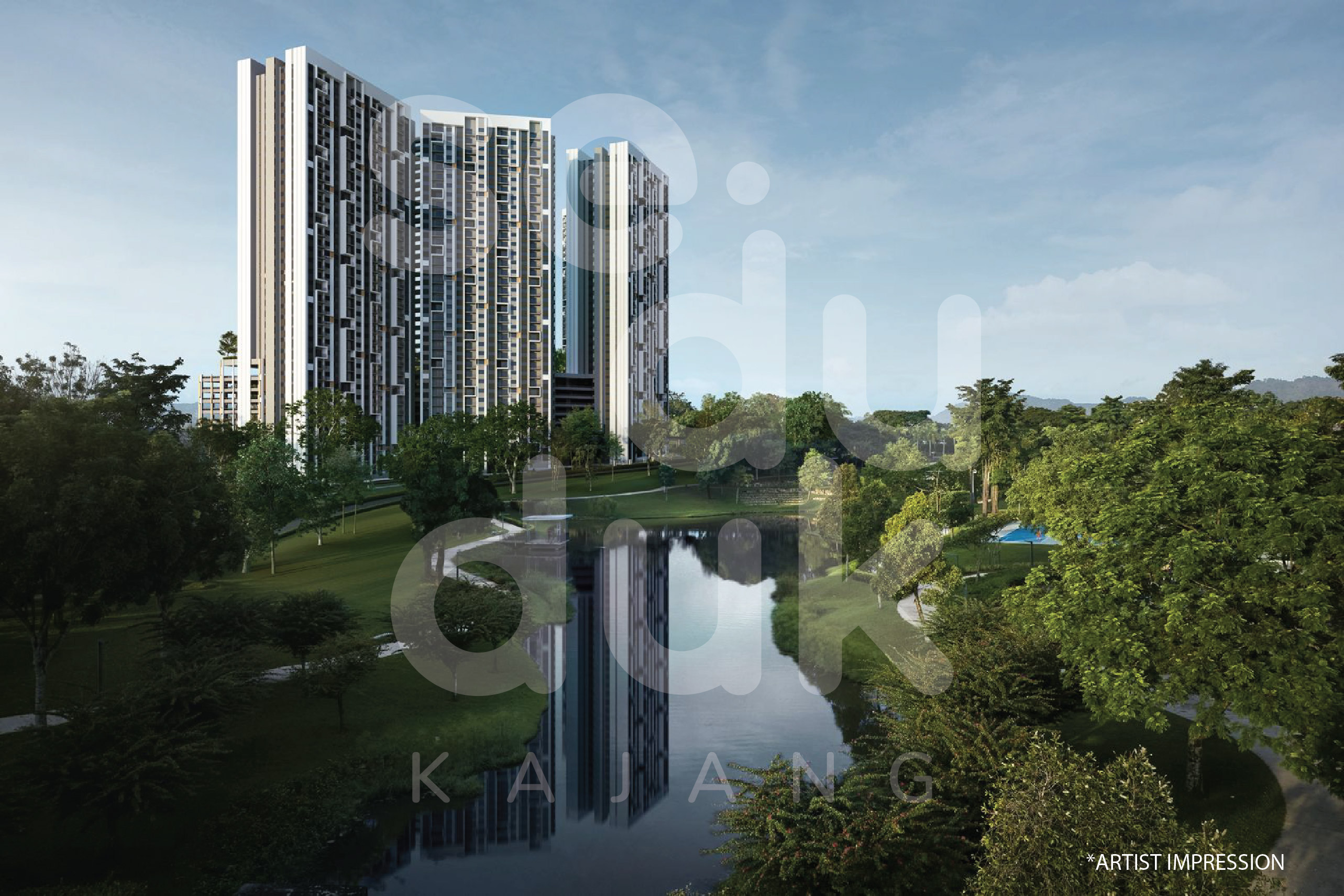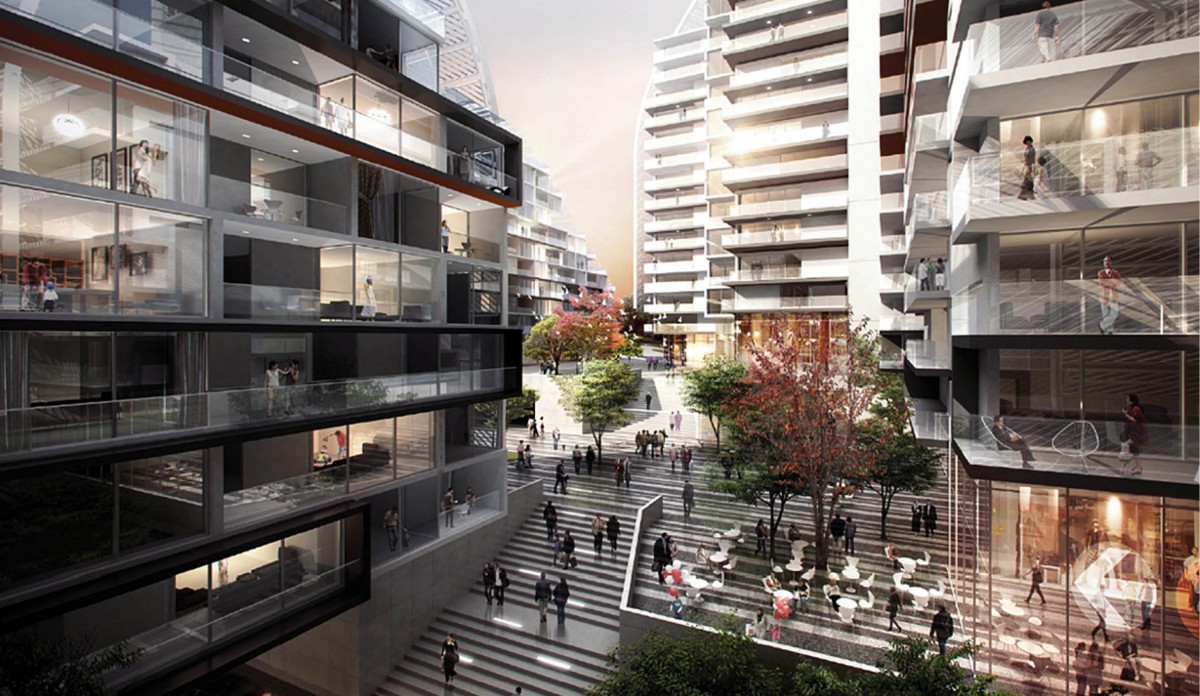
IN a bid to sustain itself in a sluggish local property market, BRDB Developments Sdn Bhd has turned its attention to other parts of the world.
But while other Malaysian developers are venturing into the major capitals of the world, BRDB is taking the road less travelled. It has steadily made inroads into the underserved South Asian markets, beginning with Lahore, Pakistan, and broke with convention by entering Wollongong in Australia.
BRDB CEO Edwin Yang tells City & Country that the group is taking the necessary steps and strategies to develop more projects abroad.
“As a group, we anticipated a few years ago that we would witness a slowdown in the Malaysian property market. We prepared ourselves for the weakening [of the local property market] so that we could transition to more projects overseas. This was to ensure that our consistency in profitability and growth was not affected,” says the affable Yang, who assumed his post in February last year.
Originally from Manila, the chartered accountant has a master’s degree in finance and about 24 years of experience in the property development industry.
“Currently, our business focus is 90% local projects and 10% international projects. However, in the next three years, we hope to increase our focus on international projects [to up to 40%]. But of course, the percentage may change, depending on the market conditions,” says Yang.
Known for its ultra-high-end developments, BRDB’s portfolio includes Inara, One Menerung, Senja, Serai Bukit Bandaraya, The Troika, 6 Capsquare, Verdana and Taman Sari, and commercial projects like The Boulevard. The group also developed the Bangsar Shopping Centre.
Meanwhile, its project in Lahore — the Defense Raya Golf and Country Club (DRGCC) — has enjoyed considerable success.
![Yang: We prepared ourselves for the weakening [of the local property market] so that we could transition to more projects overseas. This was to ensure that our consistency in profitability and growth was not affected. (Photo by The Edge) BRDB](http://dbv47yu57n5vf.cloudfront.net/s3fs-public/editorial/my/2016/March/28/Edwin%20Yang%20BRDB.jpg) “From a macro perspective, it is evident that the property market in Malaysia is softening. What we have done is to review our pipeline of launches and to refocus our business strategies,” says Yang. “This year, we plan to launch RM2 billion worth of projects both at home and abroad.”
“From a macro perspective, it is evident that the property market in Malaysia is softening. What we have done is to review our pipeline of launches and to refocus our business strategies,” says Yang. “This year, we plan to launch RM2 billion worth of projects both at home and abroad.”
The RM2 billion will be derived from new launches of ongoing projects, Taman Sari in Rawang, the DRGCC and the upcoming Gateway Wollongong in Australia. The group also has other upcoming projects in the Klang Valley but their details and dates have not been finalised. “Our upcoming launches really depend on the market conditions,” says Yang.
To date, BRDB has about 1,300 acres worth RM21 billion in gross development value (GDV) in Malaysia. On the international front, the group has about 500 acres worth a GDV of RM6 billion in Australia, Pakistan, London (the UK) and Oman.
Maintaining the brand’s DNA
Despite the property market slowdown in Malaysia, BRDB remains steadfast in developing high-end to ultra-high-end projects. “This is how we differentiate ourselves from the rest. We have always focused on being a luxury developer in Malaysia,” asserts Yang.
“We started in the industry in 1965 and we consider ourselves one of the oldest developers in Malaysia — we have been developing here for more than 51 years,” remarks Yang.
In the past few decades, BRDB has been selective and consistent as most of the land and projects acquired have been in line with the group’s luxury brand. “One of our townships, Bangsar, is now among the premium suburbs in Kuala Lumpur. It has continued to thrive in the Klang Valley, gaining a reputation as one of the preferred addresses to live. We then built an array of products in Damansara and the Kuala Lumpur city centre. Our development in Bangsar —One Menerung — has a price point that rivals that of KLCC developments, and Serai in Bangsar has become the jewel in our crown,” says Yang.
However, the group remains realistic about meeting the needs of the current market. “Global and product diversification have become important to us. This is our way of minimising risk,” Yang comments. “It certainly gives us flexibility in the property market.
“We would like to continue to grow the business. And part of growing the business is to maintain our products on the basis of what the BRDB brand stands for,” explains Yang. “We don’t wish to be developing products for the mass market. However, we are open to developing middle to high-end projects.”
“We also tend to explore untapped markets such as Lahore and Wollongong. It is our wish to strengthen our presence in any of the foreign markets that we have chosen to develop in,” says Yang.
The group is keen to acquire more land, both locally and internationally. “We are actively seeking opportunities in the Klang Valley,” says Yang. “We are moving outwards of the city centre and looking at North Kiara, Subang and Rawang.
“On the international side, now that we have debuted our first project — Gateway Wollongong — in Australia, we wish to look for other pieces of land there to continue our momentum.”
Gateway Wollongong
The upcoming mixed-use development lies in the heart of Wollongong. An amalgam of a fast-paced city and a beach lifestyle, Wollongong, or The Gong, has plenty of seaside culture, surfing, arts and entertainment. Located about 80km south of Sydney, the coastal city is easily accessible by local rail.
Wollongong is the third largest city in New South Wales, after Sydney and Newcastle. It houses Nan Thien, the biggest Buddhist temple in the southern hemisphere, and the University of Wollongong, a public research university that was ranked among the top 2% of universities in the world as at 2015.
“Wollongong is a university town and is located about an hour away from Sydney. More than 15,000 professionals commute from Wollongong to Sydney every day for work,” says Yang. “And that is part of the reason why we chose the name ‘Gateway Wollongong’. We believe the development will be a ‘gateway’ to neighbouring hubs such as Sydney.”
Gateway Wollongong has an estimated GDV of A$159 million (roughly RM491.5 million) and is tentatively scheduled to be launched in July this year. The mixed-use development offers 220 properties, comprising residential units with built-ups of 628 to 1,285 sq ft and commercial units with built-ups of 1,475 to 6,566 sq ft. Gateway Wollongong has four towers that are five to seven storeys high.
With a 1-bedroom, 2-bedroom and 3-bedroom layout, the residential units are priced from A$725 psf while the commercial units cost A$465 psf onwards. The proposed amenities include a gym, function rooms, bars and a restaurant in the podium.
Gateway Wollongong is expected to be completed by 2019.
While other parts of Australia, such as Sydney and Melbourne, may be the more conventional choices, the group chose Wollongong due to its potential and strategic location. “We believe this is a prime location and that the development will do well,” says Yang.
In terms of its target market in Wollongong, BRDB aims to draw “young professionals, university students and empty nesters”.
“We expect a mix of investors and owner-occupiers from this target group,” says Yang, who believes that there is a rise in apartment living in the city. “Gateway Wollongong truly embodies the concept of modern, city-apartment living,” he adds.
Managing director of Knight Frank Wollongong, Ben Mostyn, concurs. “For Wollongong, the trend towards apartment living is on the rise following other cities around Australia,” he says in an email interview.
“Due to significant capital growth across the Greater Sydney residential market, many have been priced out of the Sydney market. This has created an opportunity for the Wollongong and wider Illawarra region. Recently, the market has tended to prefer non-landed residential properties that offer both investment and owner-occupier options. In many cases, residential properties have been placed on the market without a secured tenant.”
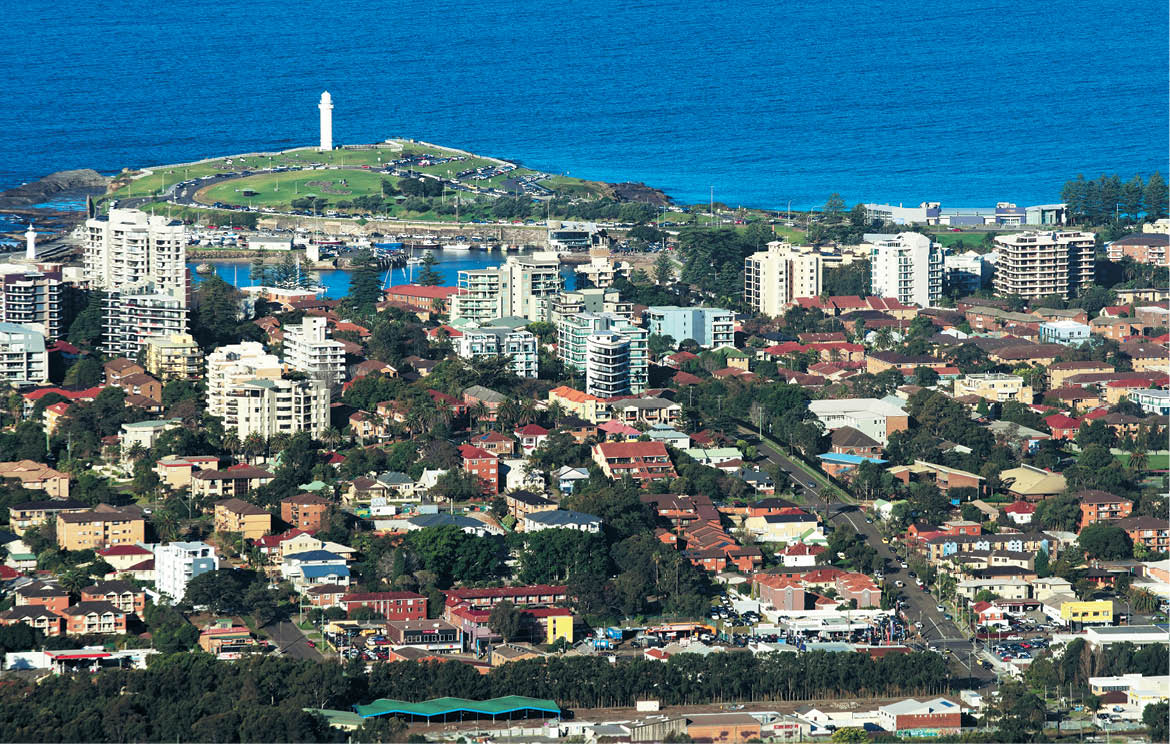
According to Mostyn, the median capital value for non-landed properties is A$478,500 in the suburbs of Wollongong while the average size is 80 sq m. The median rental is A$455 per week while the median gross rental yield was 5.26% per annum as at December 2015. “The residential market in Wollongong responds to the hot property prices in Sydney, offering reasonable proximity to Sydney by road and rail and a coastal lifestyle. Other drivers include population growth, employment in local industries and the world-class University of Wollongong,” he explains.
“In Wollongong, residential development sites are in high demand. Many projects are currently under construction or have been proposed. This supports the trend towards apartment-style living in the Wollongong area,” says director of residential research at Knight Frank Australia, Michelle Ciesielski. “Free-standing houses [landed properties], particularly along the coast, are becoming limited in Wollongong as many of the sites are suitable to be converted into apartment developments.
“Over the past 10 years, the Wollongong region has witnessed a capital growth of 5% per annum in the housing market compared with the Australian average of 4.6%. Over the same period, annual rental growth was 4.7%. As at December 2015, the capital value of houses grew 20.5% in the suburbs of Wollongong while apartments saw an annual growth of 16.4%. The better-selling commercial property types are tenanted retail and tenanted bulky goods sites (such as coal, grains, chemicals) and tenanted office spaces,” she says in an email interview.
BRDB has also trained its sights on London. “We have acquired properties in London, in the areas of Grosvenor Square in Mayfair, Lowndes Square in Knightsbridge, Chesham in Buckinghamshire and The Bishop’s Avenue in Hamstead Heath,” says Yang. “We plan to convert these properties into a modern, sophisticated space to cater for the ultra-high-end segment in London.”
The group has allocated about RM800 million for its projects in London.
“We also have another upcoming project in Oman,” says Yang. The yet-to-be-named mixed-use development has a GDV of at least RM2 billion. Details of the projects in London and Oman have yet to be firmed up and are still at the developing stage. The group is confident that these projects will be successful. “We have more upcoming and exciting international projects, and we expect strong profits from these ventures,” says Yang.
This article first appeared in City & Country, a pullout of The Edge Malaysia Weekly, on March 21, 2016. Subscribe here for your personal copy.
TOP PICKS BY EDGEPROP

South Brooks @ Desa ParkCity
Desa ParkCity, Kuala Lumpur
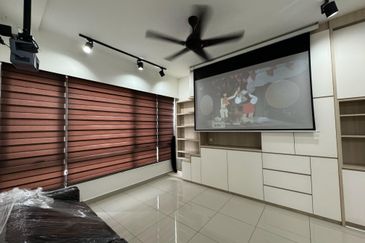
Paloma @ Tropicana Metropark
Subang Jaya, Selangor

